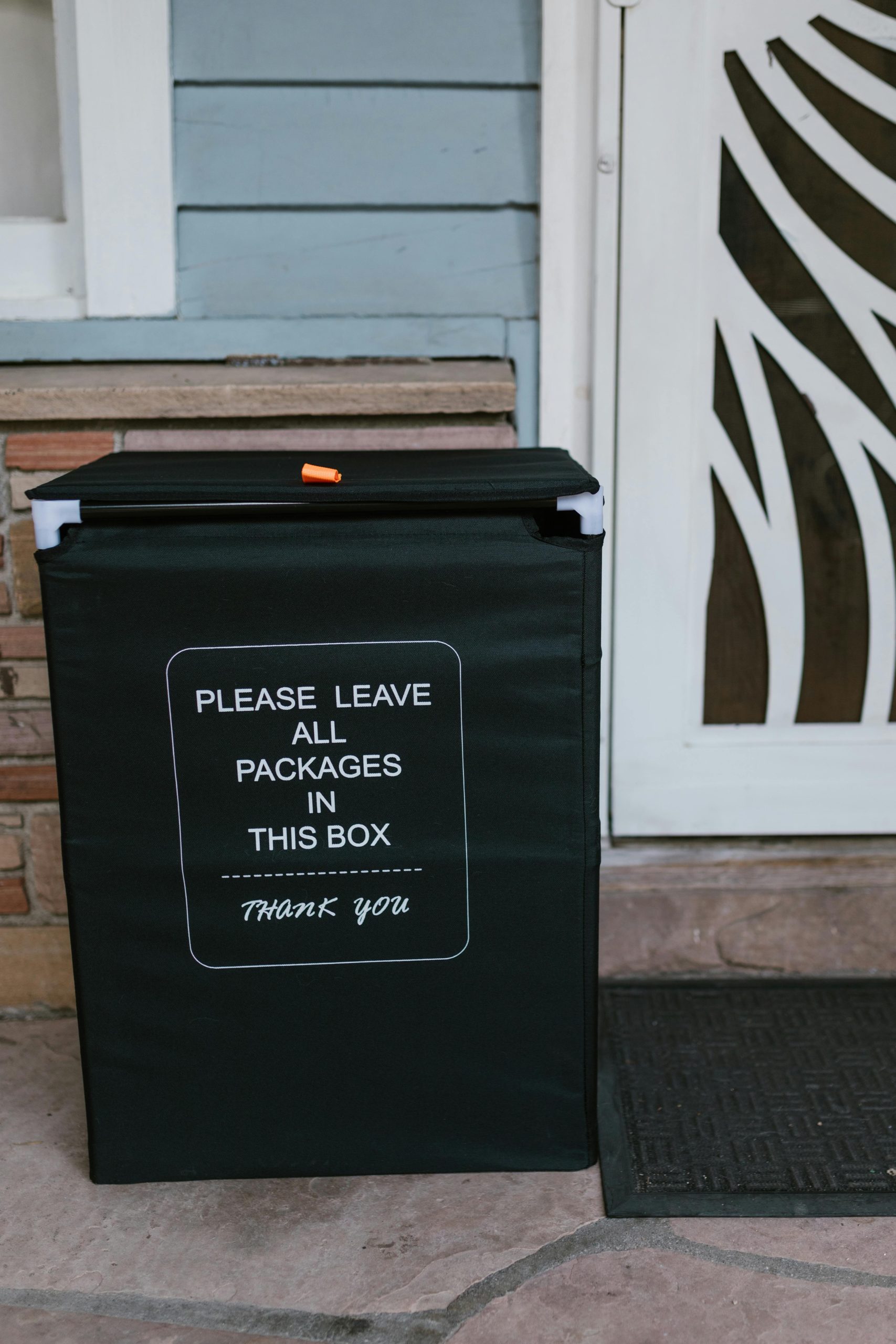Understanding Co-Mingling of Funds in QuickBooks: Best Practices for Your Small Business
Managing the finances of a small business can often become a complex task, especially when it comes to differentiating between personal and business expenses. I recently had the opportunity to assist a friend, Liz, who was transitioning from ten years of manual Bookkeeping to QuickBooks after her long-time bookkeeper retired. However, this endeavor uncovered a significant issue: co-mingling of funds.
The Transition to QuickBooks
When I first took on the role of helping Liz get accustomed to QuickBooks, I was eager to expand my skills while assisting her landscaping business. However, as I delved into the financial records, I quickly realized that I was facing a considerable challenge. Upon reviewing the business account, it became evident that numerous significant personal expenses were being paid from it, including:
- Mortgage payments
- Utilities (such as water and electricity)
- IRA contributions
- Gym memberships
- Cable and phone bills
These expenditures were previously managed through handwritten ledgers, which added to the complexity of accurately sorting the entries in QuickBooks.
Identifying Legitimate Business Expenses
In the process of reconciling the records, I observed a mix of both legitimate business expenses and personal payments that should have never been drawn from the company’s finances. For example, transactions included payments to:
| Vendor | Amount |
|————————–|——–|
| Bob’s Pest Control | $1,000 |
| Jill’s Fertilizing | $600 |
| Insurance Company | $3,000 |
| Ed’s Nursery | $2,000 |
| Chase Bank (Mortgage) | $3,500 |
| Comcast | $200 |
| AT&T | $200 |
| SIMPLE IRA | $4,000 |
While the pest control and nursery purchases clearly benefit the business, the payments for the mortgage and personal services raise a red flag concerning proper financial practices. Even the contribution to the SIMPLE IRA, initially thought to be an employer expense, turned out to be a personal contribution from Liz.
Addressing Co-Mingling of Funds
The pressing question arises: how should one handle these mixed transactions in QuickBooks? The most straightforward solution would be to categorize personal expenses as “Owner Draws” to keep everything organized and compliant with Accounting best practices. However, this requires transparency and communication with Liz, which has proven to be challenging.
Despite my

No responses yet